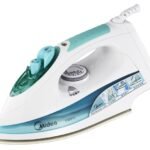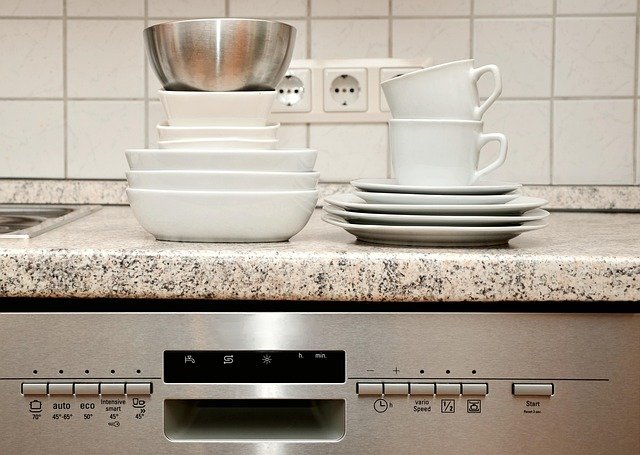# Smart Ways to Save on Everyday Essentials and Stretch Your Budget Further Every Month
In today’s fast-paced world, managing a budget can feel like a daunting task. With rising costs for groceries, household items, and daily necessities, it’s essential to find effective strategies to stretch your dollar further. Fortunately, there are smart ways to save on everyday essentials that can make a significant difference in your monthly expenditures. In this article, we will explore how to leverage coupons, bulk buying, and other savvy shopping techniques to maximize your savings.
## Understanding Your Needs
Before diving into specific strategies, it’s crucial to understand your household’s needs. Start by tracking your monthly expenses for groceries and household items. This will help you identify where you spend the most and where you can cut back. Once you have a clear picture, you can implement tailored strategies to save money effectively.
## 1. Mastering the Art of Coupons
Coupons can be a game-changer when it comes to saving money. Here are some smart ways to make the most of them:
### a. Digital Coupons
Many grocery stores and retailers offer digital coupons through their websites and apps. Sign up for loyalty programs to access exclusive discounts. Keep an eye on weekly ads, which often feature additional savings when you use their app or card.
### b. Coupon Stacking
Some stores allow you to stack manufacturer coupons with store coupons. This means you can use a manufacturer coupon for a product and then apply a store coupon for the same item, maximizing your savings.
### c. Use Coupon Apps
There are numerous apps available that aggregate coupons and cashback offers. Apps like Ibotta, Rakuten, and Honey can help you find deals on everyday essentials. Simply upload your receipts, and you’ll receive cashback or rewards for your purchases.
### d. Organize Your Coupons
Keep your coupons organized to ensure you never miss an opportunity to save. Use a binder or a digital app to categorize them by product type or expiration date. This will make it easier to find what you need when you’re shopping.
## 2. Bulk Buying: A Smart Investment
Buying in bulk can save you a considerable amount of money, especially on non-perishable items. Here’s how to do it wisely:
### a. Identify Bulk-Friendly Items
Focus on items that you use frequently and have a long shelf life, such as rice, pasta, canned goods, and toiletries. These items are typically cheaper per unit when purchased in bulk, allowing you to save in the long run.
### b. Join a Warehouse Club
Consider joining a warehouse club like Costco or Sam’s Club. Membership fees can often be recouped through savings on bulk purchases. Plus, many warehouse clubs offer exclusive discounts on popular brands that can lead to significant savings.
### c. Split Bulk Purchases with Friends
If you find that buying in bulk results in excess items that may go to waste, consider teaming up with friends or family. By splitting bulk purchases, you can take advantage of lower prices without the risk of overbuying.
### d. Store Bulk Items Properly
To make the most of your bulk purchases, ensure you store items correctly to prolong their shelf life. Invest in airtight containers for dry goods and use freezer bags for items that can be frozen. This will help minimize waste and maximize savings.
## 3. Smart Shopping Strategies
In addition to using coupons and bulk buying, there are other smart shopping strategies to consider:
### a. Plan Your Meals
Meal planning can significantly reduce food waste and help you stick to your budget. Create a weekly meal plan based on what’s on sale and what you already have at home. This will help you avoid impulse buys and ensure you only purchase what you need.
### b. Shop Seasonal Produce
Buying fruits and vegetables that are in season can lead to substantial savings. Seasonal produce is often cheaper and fresher, making it a healthier option for your family. Check your local farmer’s market for deals on seasonal items.
### c. Buy Generic Brands
Don’t overlook generic or store-brand products. These items are often of comparable quality to name-brand products but at a fraction of the cost. Experiment with different generic brands to find ones that you and your family enjoy.
### d. Use Cash-Back Credit Cards
If you use credit cards responsibly, consider using one that offers cash back on grocery purchases. This can provide you with additional savings on items you would buy anyway. Just be sure to pay off your balance in full each month to avoid interest charges.
## 4. Be Mindful of Sales Cycles
Understanding sales cycles can help you time your purchases for maximum savings. Many stores have regular sales on specific items, often on a weekly or monthly basis. Here are some tips:
### a. Stock Up During Sales
When you find items you regularly use on sale, stock up! This is especially effective for non-perishable items or products with a long shelf life. Just be sure to check expiration dates and only buy what you can realistically use.
### b. Use a Price Book
Keep a price book to track the prices of items you frequently buy. This will help you determine the best time to buy and identify when a sale is truly a good deal. Over time, you’ll become more familiar with pricing trends in your local stores.
## Conclusion
Saving money on everyday essentials doesn’t have to be a complicated process. By mastering the art of couponing, strategically buying in bulk, and employing smart shopping strategies, you can stretch your budget further each month. Remember to stay organized, plan ahead, and be mindful of sales cycles to maximize your savings. With a little effort and creativity, you can significantly reduce your monthly expenses and enjoy the financial freedom that comes with it. Happy saving!










